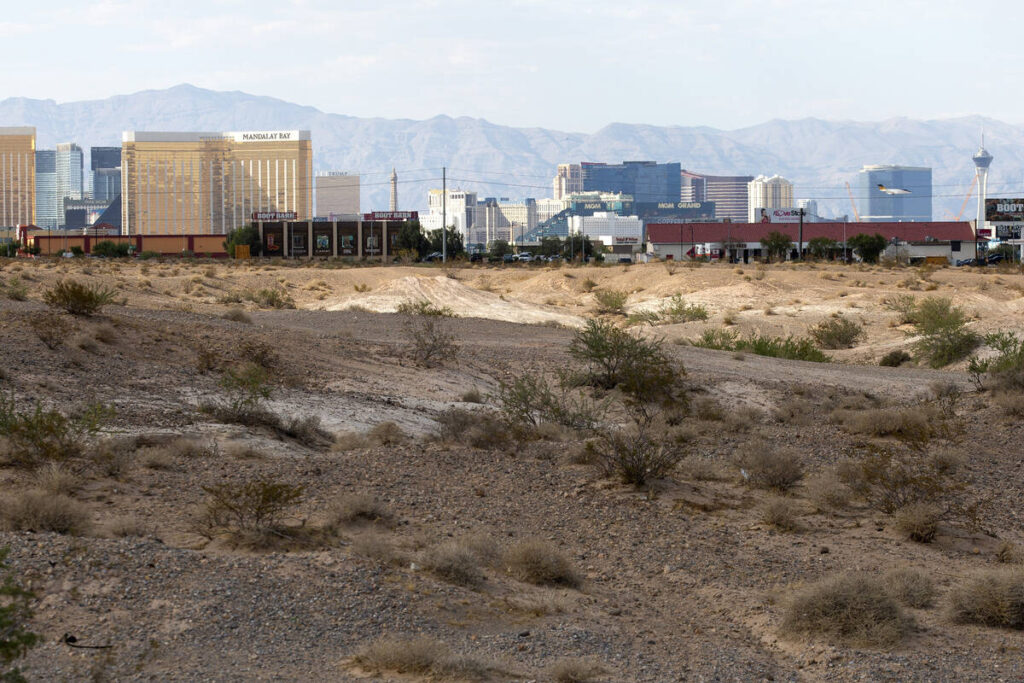
The federal government’s influence over land ownership in Clark County, Nevada, continues to grow, raising concerns among local officials and residents. Currently, the federal government controls a staggering 88 percent of the land in Clark County, which contributes to rising land prices and housing shortages in the region.
In the broader context, the federal government owns more than 80 percent of Nevada’s land, translating to over 56 million acres. By comparison, Utah, the state with the second highest federal land ownership, has around 63 percent under federal control. While many might expect this land to be managed by the National Park Service or the Department of Defense, the reality is that the Bureau of Land Management (BLM) oversees the majority, approximately 47 million acres.
Impact of Federal Land Management
The issue is particularly acute in Clark County, where federal land ownership hampers local development efforts. The Southern Nevada Public Lands Management Act of 1998 aimed to facilitate land sales for development, but the outcomes have not aligned with expectations. Mike Ford, a former BLM employee and co-founder of a public lands consulting firm, noted the paradox: “Since 1998, the state of Nevada has more land in federal ownership today than they did in 1998.”
This growth in federal land ownership is partly attributed to a provision in the act that allows the federal government to utilize a portion of the proceeds from local land sales to acquire private lands deemed “sensitive.” As a result, the federal government’s relentless pursuit of land has negative implications for the economy of Southern Nevada, particularly in terms of housing availability and affordability.
Shawn McCoy, director of UNLV’s Lied Center for Real Estate, emphasized the economic consequences of limited land access. “If land is constrained, land costs will be higher,” he explained. “When land costs are high, our multifamily developers will not be able to make housing pencil in low-income areas, and so rents may be systematically elevated.” According to McCoy, there are approximately 90,000 acres of accessible, developable land in Clark County, but the Las Vegas Valley currently has only around 25,000 acres available for development. Without a significant economic downturn, this available land could be exhausted within the next six to eight years.
Need for Change
The situation is compounded by existing infrastructure challenges, such as water supply, which further complicate development efforts. The federal government’s increasing control over land in Nevada has become an economic burden for the region, stifling growth and exacerbating housing shortages.
In March, Interior Secretary Doug Burgum and Housing and Urban Development Secretary Scott Turner announced a plan to release more federal land for housing development. While this initiative is a step in the right direction, the focus now needs to be on implementing effective solutions. Clark County represents a critical starting point for these efforts, with its high percentage of federal land ownership posing significant challenges to local economic stability.
The ongoing issue of land management in Clark County serves as a reminder of the delicate balance between federal interests and local needs. As the demand for housing continues to rise, finding a path forward that prioritizes both development and responsible land stewardship will be essential for the future of the region.






